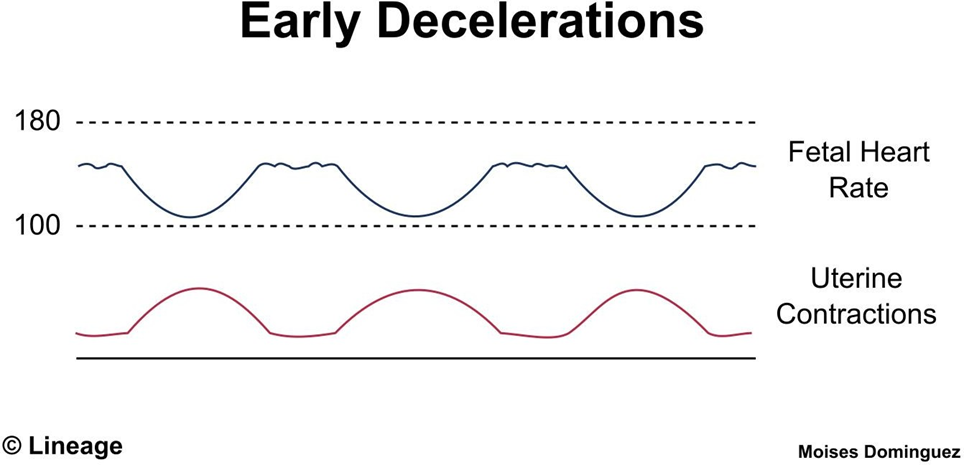A nurse is teaching a client and their family about home hospice care. Which of the following information should the nurse include in the teaching?
Hospice care improves quality of life through palliative care.
Hospice care provides 24-hr, in-home care.
Hospice care is intended to postpone death.
Hospice care encourages the family to coordinate health care services.
The Correct Answer is A
A.
A. Hospice care improves quality of life through palliative care - This is a central aspect of hospice care, focusing on pain and symptom management to enhance the patient's comfort and quality of life.
B. Hospice care provides 24-hr, in-home care - While hospice care may provide support, it typically does not offer around-the-clock care in the home.
C. Hospice care is intended to postpone death - Hospice care aims to provide comfort and support in the final stages of life, not to postpone death.
D. Hospice care encourages the family to coordinate health care services - While family
involvement is important, hospice care typically involves a coordinated interdisciplinary team rather than relying solely on family for coordination.
Nursing Test Bank
Naxlex Comprehensive Predictor Exams
Related Questions
Correct Answer is A
Explanation
A.
A. Infuse 0.9% sodium chloride IV - In the event of a hemolytic reaction, it's important to stop
the blood transfusion immediately and infuse normal saline to maintain intravascular volume and support renal perfusion.
B. Administer an antipyretic - While fever may occur with a hemolytic reaction, the priority is to stop the transfusion and provide supportive care with fluids.
C. Decrease the infusion rate to 75 mL/hr - Lowering the infusion rate is not appropriate when a hemolytic reaction occurs; stopping the transfusion is necessary.
D. Place the client in a left lateral position - Positioning changes will not address the hemolytic reaction; stopping the transfusion and providing supportive care are the priority.
Correct Answer is A
Explanation
A.
A. Early decelerations are typically benign and occur in response to head compression during contractions. They mirror the uterine contractions and are not associated with fetal distress.
B. Fetal hypoxia is associated with variable or late decelerations, not early decelerations.
C. Abruptio placentae is a medical emergency characterized by premature separation of the placenta from the uterine wall, which can lead to late decelerations due to fetal hypoxia.
D. Postmaturity is a term used to describe a pregnancy that extends beyond 42 weeks gestation and is not directly related to fetal heart rate patterns during labor.

Whether you are a student looking to ace your exams or a practicing nurse seeking to enhance your expertise , our nursing education contents will empower you with the confidence and competence to make a difference in the lives of patients and become a respected leader in the healthcare field.
Visit Naxlex, invest in your future and unlock endless possibilities with our unparalleled nursing education contents today
Report Wrong Answer on the Current Question
Do you disagree with the answer? If yes, what is your expected answer? Explain.
Kindly be descriptive with the issue you are facing.
